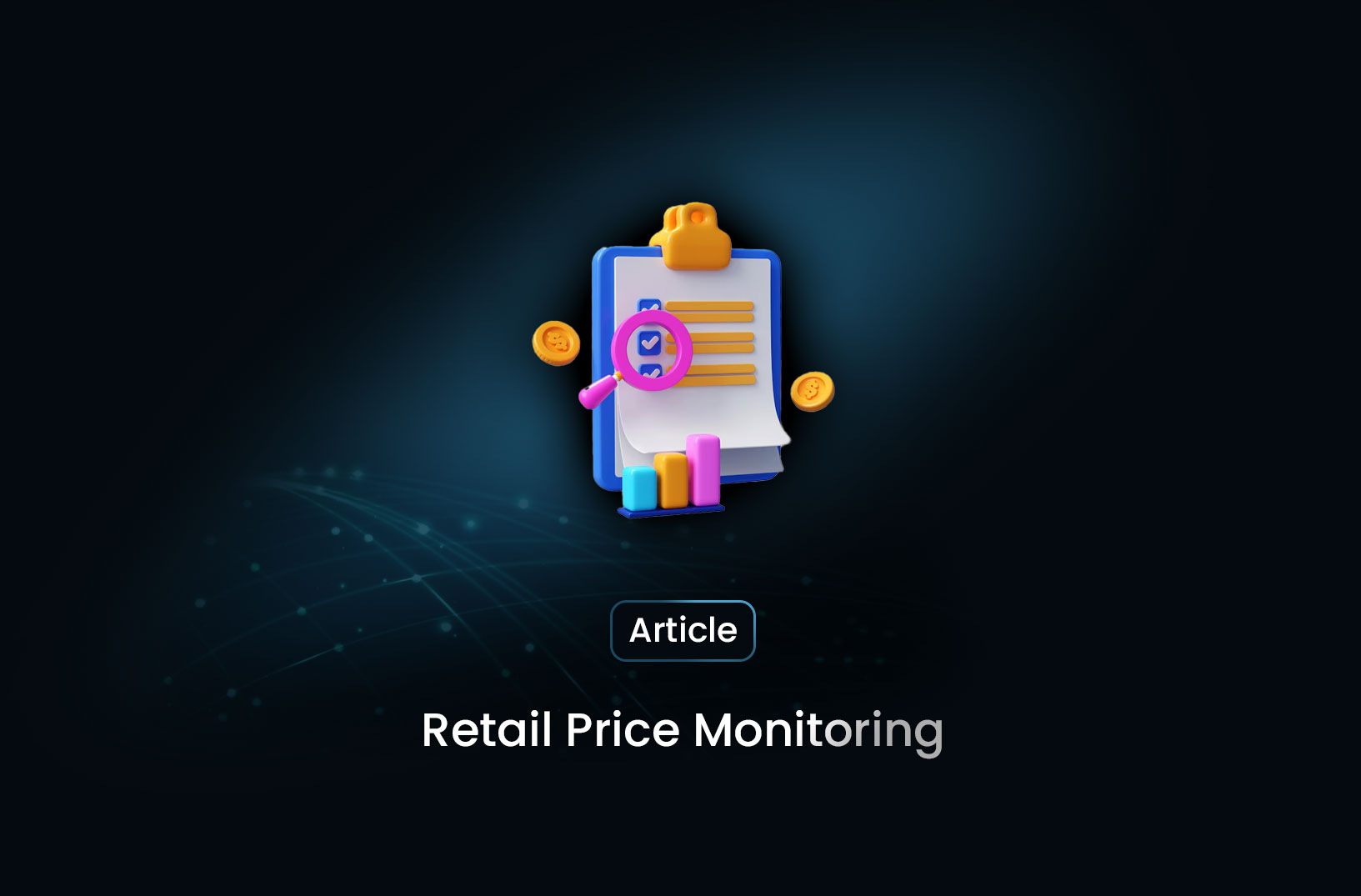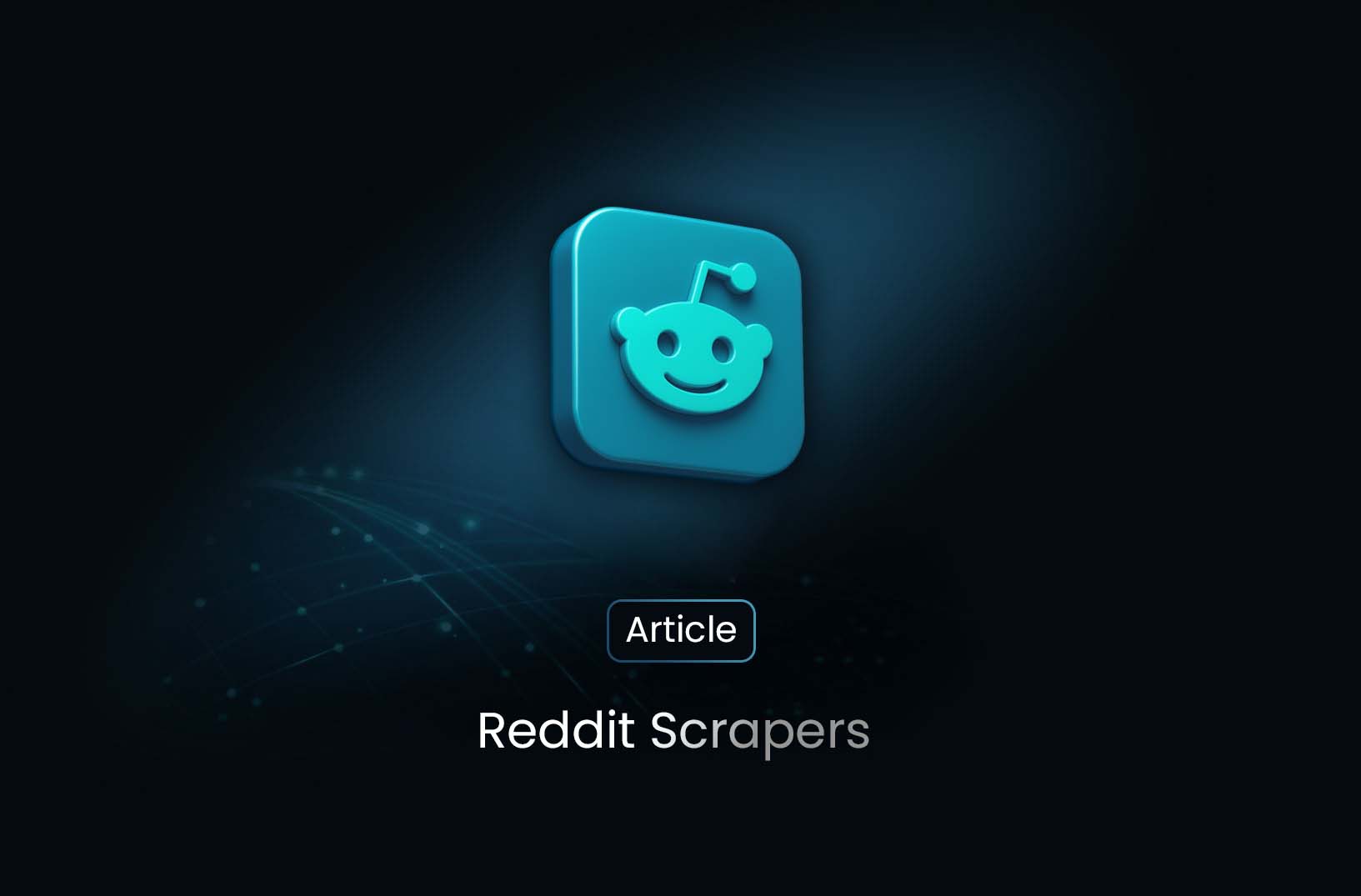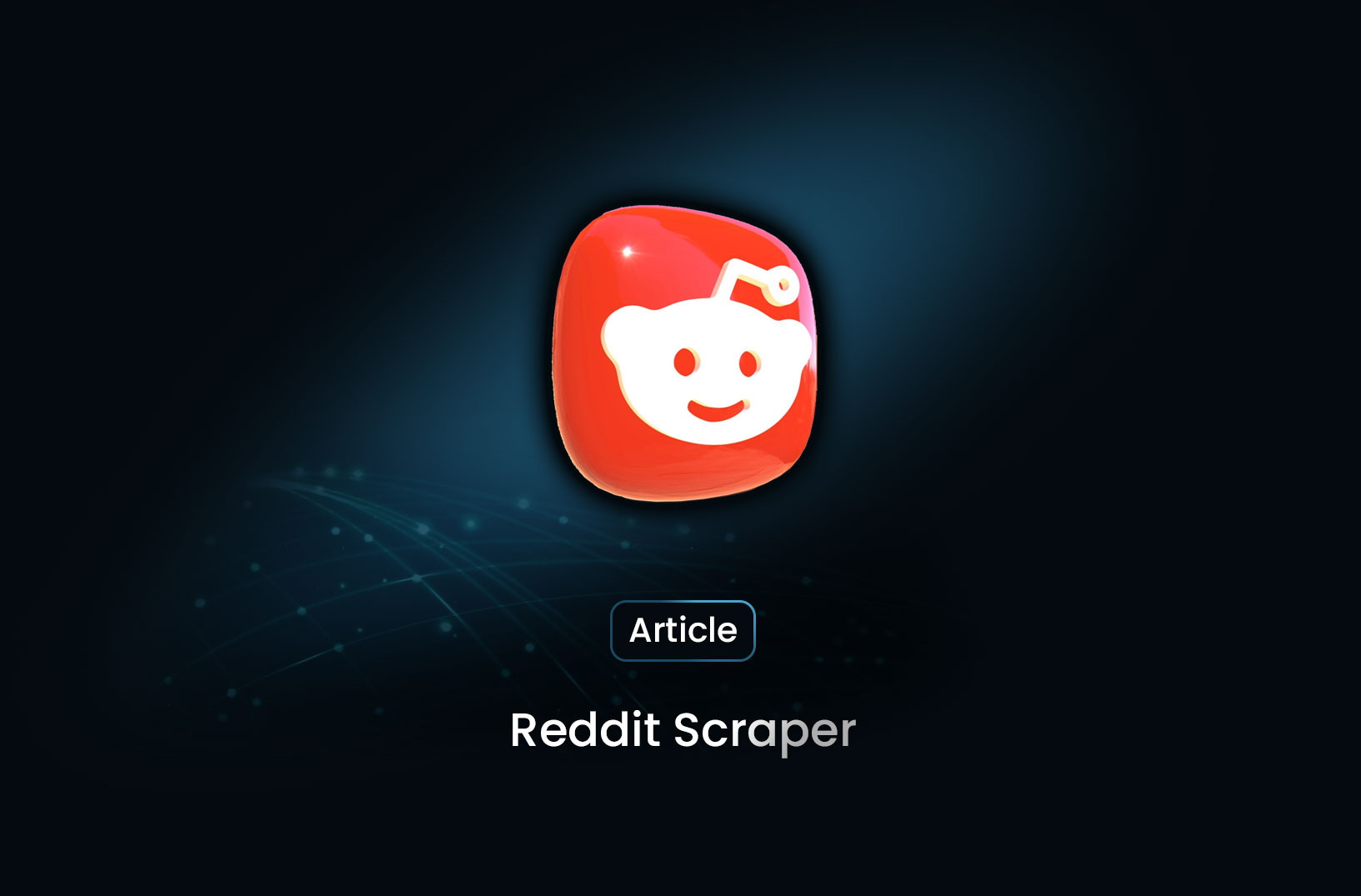Retail Price Monitoring: A Game-Changer for Competitive Advantage in the E-Commerce Space

To thrive in the competitive retail market, businesses need to stay ahead of the curve. One effective way to achieve this is through retail price monitoring. Whether you're a small retailer or a large enterprise, tracking your competitors' pricing strategies offers valuable insights that can shape your pricing decisions, boost customer satisfaction, and improve your bottom line.
What is Retail Price Monitoring?
Retail price monitoring involves the continuous tracking of prices across various online stores, including competitors, to stay informed about market trends. With the rise of e-commerce, businesses now have access to a wealth of pricing data from numerous online retailers. By leveraging this data, companies can adjust their own pricing, make informed decisions about sales strategies, and ensure they offer competitive prices.
Why is Retail Price Monitoring Important?
-
Competitive Pricing Strategy
Retailers need to constantly evaluate and adjust their pricing to remain competitive. Monitoring your competitors' prices allows you to identify opportunities to adjust your own pricing, helping you to stay attractive to customers without sacrificing profitability. -
Demand Forecasting
By analyzing price changes over time, you can better understand market trends and consumer behavior. Retail price monitoring helps predict demand and make data-driven decisions about inventory, promotions, and pricing strategies. -
Dynamic Pricing
Retailers can implement dynamic pricing strategies, adjusting prices based on competitors' changes or market conditions. This allows businesses to respond quickly to market fluctuations and maximize revenue. -
Brand and Customer Insights
Monitoring competitor prices also gives you insight into how your brand compares with others in terms of value proposition. Understanding your pricing in relation to competitors can reveal areas for improvement in customer experience, product offerings, or branding strategies.
How to Implement Retail Price Monitoring with MrScraper
At MrScraper, we understand the importance of accurate and real-time data. Our web scraping tool can help you effortlessly monitor prices across various e-commerce websites. Here’s how you can implement retail price monitoring using MrScraper:
-
Choose Your Competitors
Identify the key competitors you want to monitor and the products you want to track. With our advanced filtering capabilities, you can narrow down your focus to specific product categories or price ranges. -
Set Up a Scraping Schedule
With MrScraper, you can schedule automated scraping at regular intervals, ensuring you receive up-to-date pricing information without manual effort. -
Analyze the Data
Once the data is collected, you can analyze price trends, compare them against your own pricing, and use the insights to adjust your strategy. Our platform provides detailed reports that make it easy to interpret the data. -
Take Action
Armed with competitive pricing insights, you can make smarter pricing decisions, adjust your marketing campaigns, and optimize your sales strategies to outperform the competition.
Benefits of Using MrScraper for Retail Price Monitoring
- Accuracy and Real-Time Data: Get precise and up-to-date pricing data that you can rely on.
- Efficiency: Automate the entire price monitoring process, saving time and effort.
- Scalability: Track prices from multiple competitors and across various product categories without limitation.
- Easy Integration: Easily integrate the scraped data into your pricing tools or dashboards for smooth analysis.
Conclusion
Retail price monitoring is an essential tool for any business looking to remain competitive in the dynamic world of e-commerce. By utilizing tools like MrScraper, you can gather critical pricing intelligence and adjust your strategies accordingly to maximize profitability, improve customer satisfaction, and stay ahead of your competition.
Start leveraging retail price monitoring with MrScraper today and turn data into your competitive advantage!
Table of Contents
Take a Taste of Easy Scraping!
Get started now!
Step up your web scraping
Find more insights here

Why Many Scrapers Prefer Using Elite Proxies?
Elite proxies also called high-anonymity proxies do not only hide your real IP address, they also hide the fact that you're using a proxy.

A Simple Guide to Using Reddit Scrapers for Data Collection
Reddit Scraper automates collecting posts, comments, user metadata, etc., which would be tedious or nearly impossible manually. Below I explain what reddit scrapers are, how they’re commonly used, risks involved, and best practices (especially relevant for someone using MrScraper).

Reddit Scraper: Everything You Need to Know About Extracting Data from Reddit
Reddit scraper is a tool or script designed to collect data from Reddit posts, comments, subreddits, user profiles, and threads—either via official API access or through web scraping techniques.


@MrScraper_
@MrScraper